Expansion of E-commerce and Retail Sectors
The expansion of the e-commerce and retail sectors is significantly influencing the Feeder Containers Market. With the increasing prevalence of online shopping, there is a corresponding rise in the volume of goods that require transportation. E-commerce platforms are expanding their reach, necessitating efficient logistics solutions to manage the flow of products. Data indicates that the e-commerce market is expected to grow by over 20% annually, which will likely lead to an increased demand for feeder containers. These containers play a crucial role in ensuring that goods are delivered efficiently from distribution centers to local markets. As retailers strive to meet consumer expectations for rapid delivery, the reliance on feeder containers is expected to intensify, thereby propelling the growth of the Feeder Containers Market.
Increased Focus on Sustainability Practices
The Feeder Containers Market is witnessing a heightened focus on sustainability practices among businesses. Companies are increasingly adopting eco-friendly logistics solutions to minimize their carbon footprints. Feeder containers, often designed for reusability and efficiency, align well with these sustainability goals. Recent studies suggest that the logistics sector contributes significantly to global greenhouse gas emissions, prompting a shift towards greener alternatives. The adoption of feeder containers can reduce the environmental impact of transportation by optimizing space and minimizing waste. As organizations strive to meet regulatory requirements and consumer expectations for sustainable practices, the demand for feeder containers is likely to rise. This trend towards sustainability is a critical driver for the Feeder Containers Market, as it encourages innovation and the development of more environmentally friendly logistics solutions.
Global Trade Agreements and Economic Policies
The Feeder Containers Market is significantly influenced by global trade agreements and economic policies. As countries engage in trade negotiations, the facilitation of goods movement becomes crucial. Trade agreements often lead to reduced tariffs and improved logistics infrastructure, which can enhance the demand for feeder containers. Recent economic policies aimed at boosting trade have resulted in increased shipping activities, thereby creating a favorable environment for the feeder containers market. Data suggests that trade volumes are expected to rise, with projections indicating a growth rate of around 3% annually. This increase in trade activity necessitates efficient logistics solutions, including the use of feeder containers to manage the flow of goods effectively. Consequently, the evolving landscape of The Feeder Containers Industry.
Technological Innovations in Container Design
Technological innovations in container design are playing a pivotal role in shaping the Feeder Containers Market. Advances in materials science and engineering have led to the development of lighter, more durable containers that enhance efficiency in transportation. Innovations such as smart containers equipped with tracking technology allow for real-time monitoring of shipments, thereby improving supply chain visibility. Data indicates that the integration of technology in logistics is expected to grow, with investments in smart logistics solutions projected to reach billions in the coming years. These advancements not only improve operational efficiency but also reduce costs associated with damage and loss. As companies increasingly adopt these technologies, the demand for innovative feeder containers is likely to rise, driving growth in the Feeder Containers Market.
Rising Demand for Efficient Logistics Solutions
The Feeder Containers Market is experiencing a notable surge in demand for efficient logistics solutions. As businesses increasingly seek to optimize their supply chains, the need for feeder containers has become paramount. These containers facilitate the seamless transfer of goods between larger vessels and smaller ports, thereby enhancing overall operational efficiency. According to recent data, the logistics sector is projected to grow at a compound annual growth rate of approximately 4.5% over the next five years. This growth is likely to drive the adoption of feeder containers, as companies aim to reduce transit times and costs. Furthermore, the emphasis on just-in-time delivery models necessitates the use of feeder containers to ensure timely shipments. Consequently, the rising demand for efficient logistics solutions is a significant driver for the Feeder Containers Market.


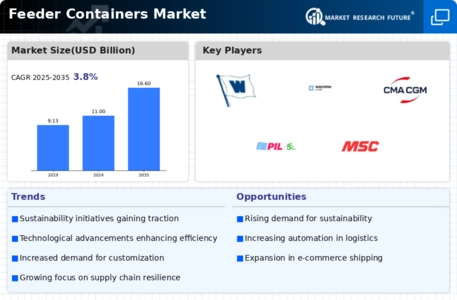
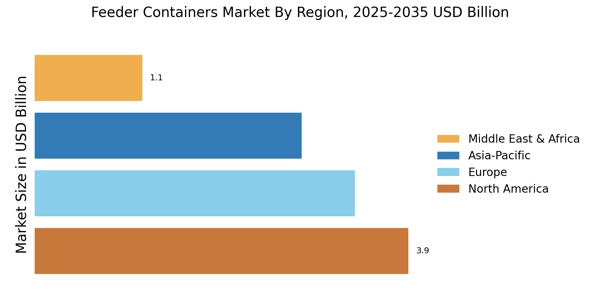
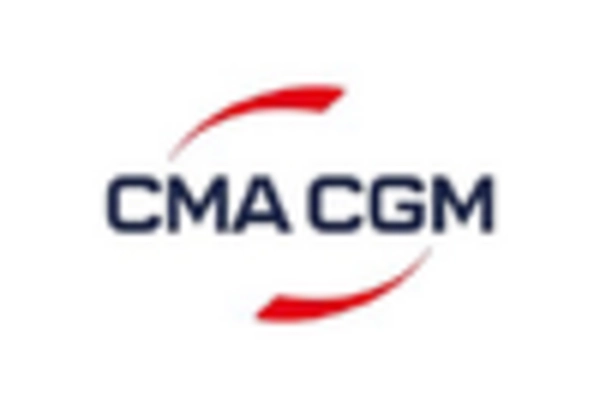
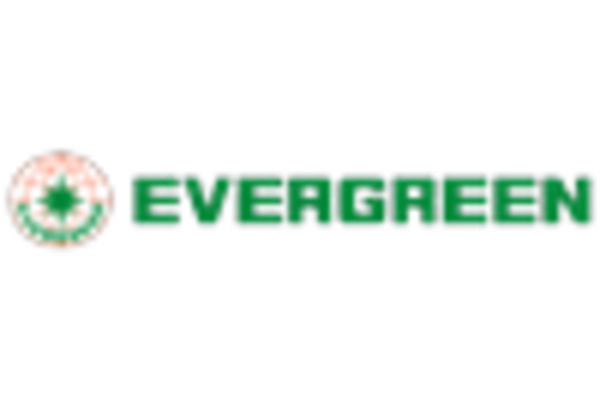
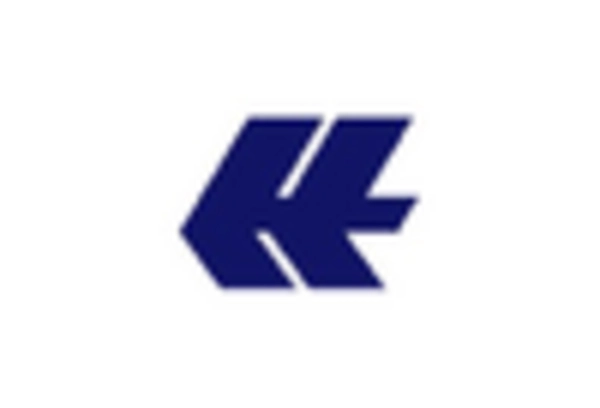
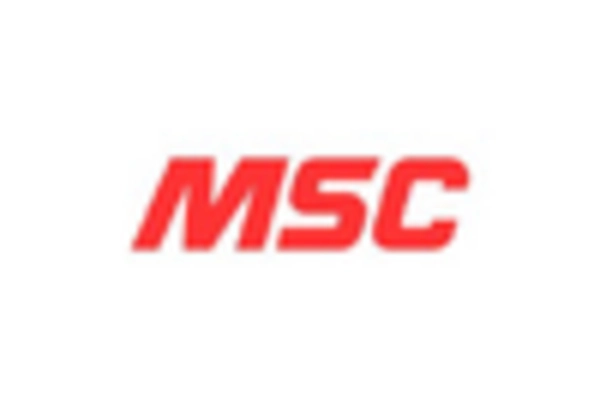

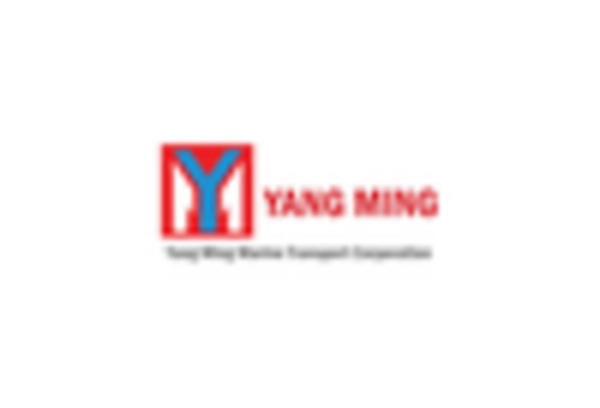








Leave a Comment